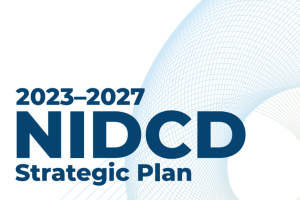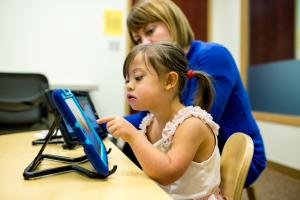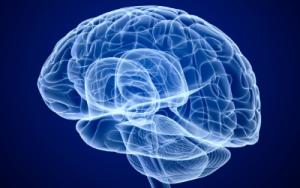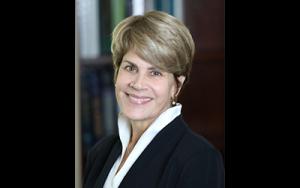Advancing non-invasive/minimally invasive technologies for imaging the human olfactory system

Current technologies do not support imaging of the living human peripheral and central olfactory system with high spatial and temporal resolution. Certain anatomical and functional characteristics of the olfactory system, such as restricted accessibility, multiple cell types, and low signal resolution, create unique technological challenges. Clinicians often resort to invasive surgical biopsies to assess the olfactory epithelium within the nasal cavity. Recent advances in non-invasive and minimally invasive imaging technologies offer innovative opportunities to produce detailed, real-time images of human olfactory epithelium, potentially reducing the need for invasive biopsies and improving diagnostic accuracy.
























